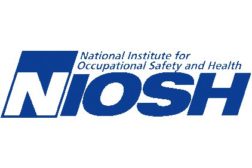Home » Keywords: » nanotechnology safety
Items Tagged with 'nanotechnology safety'
ARTICLES
EPA wants health & safety info on nanomaterials
For the first time the agency will use TSCA authority to collect data on nanoscale chemicals already in use
March 27, 2015
A NIOSH Science Blog post
Controlling exposures to workers who make or use nanomaterials
December 12, 2013
What are the hot issues?
AIHce 2013 topics a reflection of important, emerging concerns
May 20, 2013
Become a Leader in Safety Culture
Build your knowledge with ISHN, covering key safety, health and industrial hygiene news, products, and trends.
JOIN TODAYCopyright ©2025. All Rights Reserved BNP Media.
Design, CMS, Hosting & Web Development :: ePublishing




